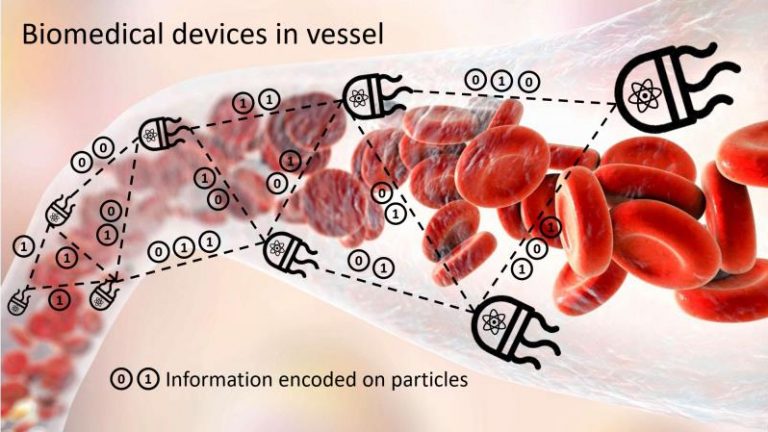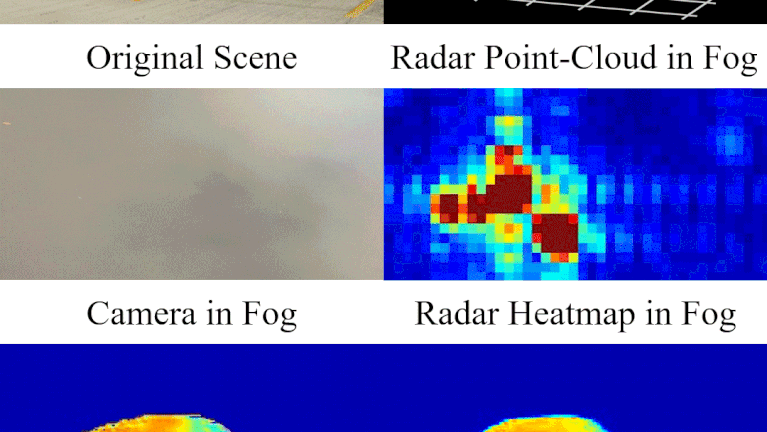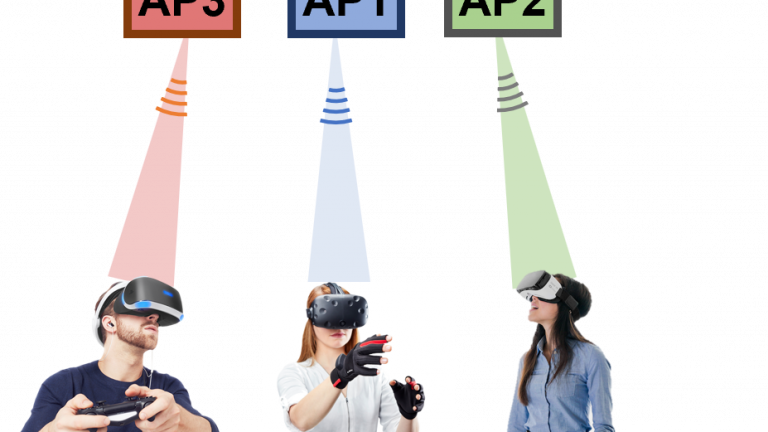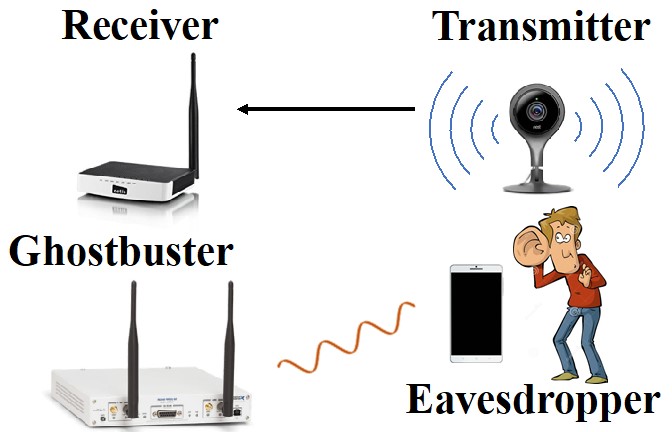Category: Research

Understanding and Embracing the Complexities of the Molecular Communication Channel in Liquids [MobiCom’20]
Abstract: Molecular communication has recently gained a lot of interest due to its potential to enable micro-implants to communicate by releasing molecules into the bloodstream. In this paper, we aim to explore the molecular communication channel through theoretical and empirical modeling in order to achieve a better understanding of its characteristics, which tend to be (…)

Through Fog High Resolution Imaging Using Millimeter Wave Radar [CVPR’20]
Abstract: This paper demonstrates high-resolution imaging using millimeter wave (mmWave) radars that can function even in dense fog. We leverage the fact that mmWave signals have favorable propagation characteristics in low visibility conditions, unlike optical sensors like cameras and LiDARs which cannot penetrate through dense fog. Millimeter wave radars, however, suffer from very low resolution, (…)
Online Millimeter Wave Phased Array Calibration Based on Channel State Information [IEEE VTS’19]
Abstract: This paper proposes a new over-the-air (OTA) calibration method for millimeter wave phased arrays. Our method leverages the channel estimation process which is a fundamental part of any wireless communication system. By performing the channel estimation while changing the phase of an antenna element, the phase response of the element can be estimated. The (…)

Many-to-Many Beam Alignment in Millimeter Wave Networks [NSDI’19]
Millimeter Wave (mmWave) networks can deliver multi-Gbpswireless links that use extremely narrow directional beams.This provides us with a new opportunity to exploit spatialreuse in order to scale network throughput. Exploiting suchspatial reuse, however, requires aligning the beams of allnodes in a network. Aligning the beams is a difficult process which is complicated by indoor multipath, (…)

Ghostbuster: Detecting the Presence of HiddenEavesdroppers [MobiCom’18]
This paper explores the possibility of detecting the hidden presence of wireless eavesdroppers. Such eavesdroppers employ passive receivers that only listen and never transmit any signals making them very hard to detect. In this paper, we show that even passive receivers leak RF signals on the wireless medium. This RF leakage, however, is extremely weak (…)
Fast Millimeter Wave Beam Alignment [SIGCOMM’18]
Abstract: There is much interest in integrating millimeter wave radios (mmWave) into wireless LANs and 5G cellular networks to benefit from their multi-GHz of available spectrum. Yet, unlike existing technologies, e.g., WiFi, mmWave radios require highly directional antennas. Since the antennas have pencil-beams, the transmitter and receiver need to align their beams before they can (…)
MUTE: Bringing IoT to Noise Cancellation [SIGCOMM’18]
Abstract: Active Noise Cancellation (ANC) is a classical area where noise in the environment is canceled by producing anti-noise signals near the human ears (e.g., in Bose’s noise cancellation headphones). This paper brings IoT to active noise cancellation by combining wireless communication with acoustics. The core idea is to place an IoT device in the environment that (…)